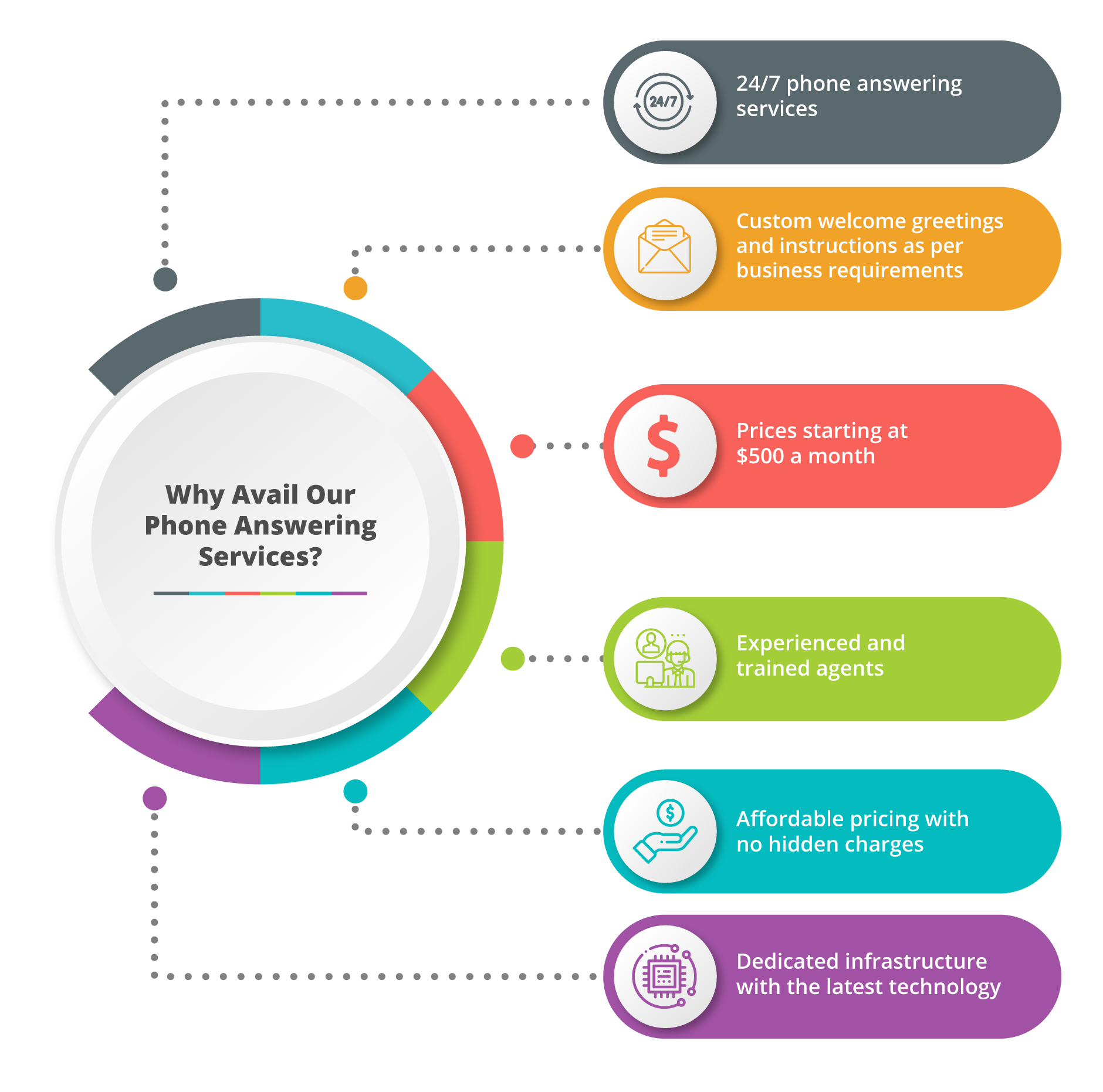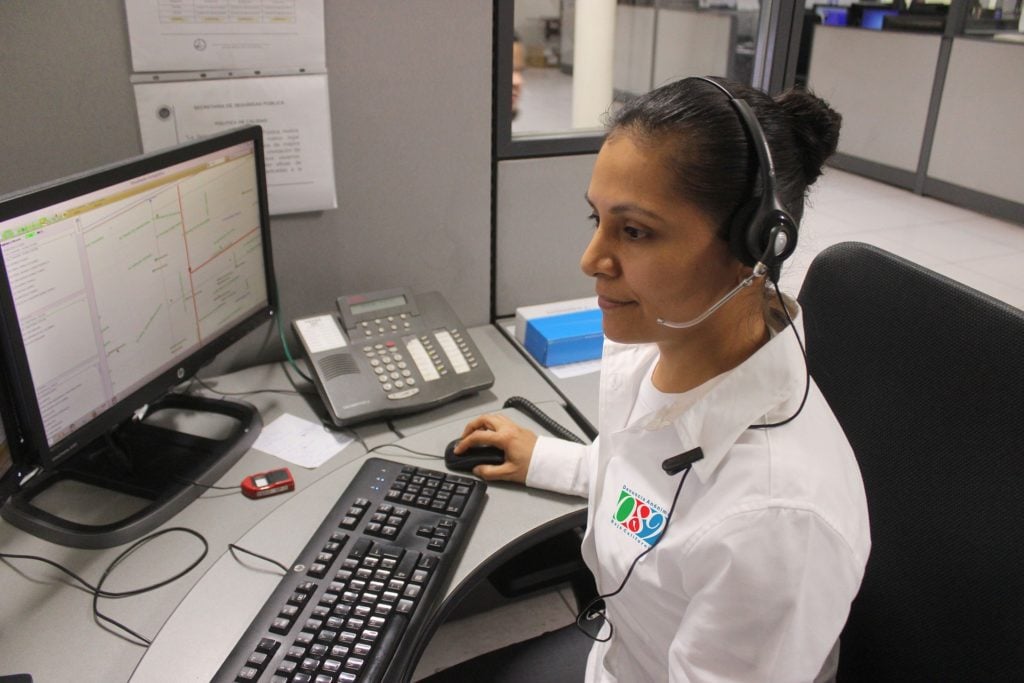All Categories
Featured
Table of Contents
What Is The Best What Is A Phone Answering Service, And How Does It Work? Program?
This gadget and its followers were developed by Sava Jacobson, an electrical engineer with a private consulting company. While early answering makers used magnetic tape innovation, a lot of contemporary devices utilizes strong state memory storage; some gadgets use a mix of both, with a solid-state circuit for the outbound message and a cassette for the incoming messages.
"toll conserving" below) (telephone answering service). This works if the owner is evaluating calls and does not wish to talk to all callers. In any case after going, the calling celebration must be informed about the call having been answered (in a lot of cases this begins the charging), either by some remark of the operator, or by some greeting message of the TAD, or resolved to non-human callers (e.
This holds particularly for the Littles with digitally kept welcoming messages or for earlier makers (prior to the increase of microcassettes) with an unique endless loop tape, separate from a second cassette, devoted to recording. There have actually been answer-only gadgets without any recording abilities, where the greeting message needed to notify callers of a state of existing unattainability, or e (local phone answering service).
Best How Answering Services Work

about availability hours. In tape-recording Littles the welcoming usually consists of an invite to leave a message "after the beep". An answering maker that uses a microcassette to record messages On a dual-cassette answerphone, there is an outbound cassette, which after the specified number of rings plays a pre-recorded message to the caller.

Single-cassette answering devices consist of the outgoing message at the start of the tape and incoming messages on the staying space. They first play the announcement, then fast-forward to the next offered area for recording, then record the caller's message. If there are numerous previous messages, fast-forwarding through them can cause a substantial hold-up.
This beep is often referred to in the greeting message, asking for that the caller leave a message "after the beep". Littles with digital storage for the recorded messages do disappoint this hold-up, naturally. A TAD may offer a remote control facility, whereby the answerphone owner can sound the house number and, by entering a code on the remote telephone's keypad, can listen to tape-recorded messages, or delete them, even when far from house.
Who Is The Best Phone Answering Services - Usa, Europe Service?

Consequently the machine increases the variety of rings after which it answers the call (typically by 2, leading to four rings), if no unread messages are currently saved, but answers after the set variety of rings (generally 2) if there are unread messages. This permits the owner to discover whether there are messages waiting; if there are none, the owner can hang up the phone on the, e.
Some devices also allow themselves to be remotely activated, if they have been changed off, by calling and letting the phone ring a certain large number of times (generally 10-15). Some company abandon calls already after a smaller sized number of rings, making remote activation impossible. In the early days of TADs an unique transmitter for DTMF tones (dual-tone multi-frequency signalling) was regionally needed for push-button control, given that the previously employed pulse dialling is not apt to convey appropriate signalling along an active connection, and the dual-tone multi-frequency signalling was implemented step-by-step.
Any incoming call is not recognizable with regard to these homes in advance of going "off hook" by the terminal equipment. So after going off hook the calls should be changed to appropriate devices and only the voice-type is immediately available to a human, but perhaps, nevertheless must be routed to a LITTLE (e.
What Is The Best Virtual Receptionist Perth - Local Phone Answering Service Manufacturer
What if I informed you that you do not need to in fact pick up your device when answering a client call? Somebody else will. So convenient, right? Answering telephone call does not require somebody to be on the other end of the line. Efficient automated phone systems can do the trick simply as effectively as a live representative and in some cases even much better.
An automatic answering service or interactive voice action system is a phone system that interacts with callers without a live person on the line - telephone answering service. When business utilize this innovation, customers can get the response to a question about your business just by utilizing interactions set up on a pre-programmed call circulation.
Although live operators update the client service experience, numerous calls do not require human interaction. A simple taped message or directions on how a client can retrieve a piece of details typically solves a caller's immediate need - virtual telephone answering. Automated answering services are an easy and reliable way to direct inbound calls to the ideal individual.
Which Is Best A Complete Guide For Using Automated Answering Systems Lg Or Whirlpool
Notice that when you call a company, either for assistance or item query, the very first thing you will hear is a pre-recorded voice welcoming and a series of choices like press 1 for customer support, press 2 for queries, and so on. The pre-recorded options branch off to other options depending on the consumer's choice.
The phone tree system assists direct callers to the right person or department utilizing the keypad on a mobile phone. In some instances, callers can use their voices. It's worth noting that auto-attendant choices aren't limited to the 10 numbers on a phone's keypad. As soon as the caller has picked their first option, you can create a multi-level auto-attendant that uses sub-menus to direct the caller to the ideal sort of help.
The caller does not need to communicate with a person if the auto-attendant phone system can manage their concern. The automatic service can route callers to a staff member if they reach a "dead end" and need assistance from a live agent. It is costly to hire an operator or executive assistant.
Who Is The Best Benefits Of Answering Service - Professional Services Provider In My Area
Automated answering services, on the other hand, are substantially more economical and supply substantial expense savings at approximately $200-$420/month. Even if you do not have committed personnel to manage call routing and management, an automatic answering service enhances productivity by allowing your team to focus on their strengths so they can more effectively spend their time on the phone.
A sales lead routed to customer care is a lost shot. If a client who has product questions reaches the incorrect department or receives incomplete answers from well-meaning workers who are less trained to handle a specific kind of concern, it can be a cause of disappointment and frustration. An automated answering system can lessen the variety of misrouted calls, thus assisting your employees make better usage of their phone time while releasing up time in their calendar for other jobs.
With Automated Answering Systems, you can develop a tailored experience for both your personnel and your callers. Make a recording of your primary greeting, and just update it routinely to show what is going on in your company. You can develop as lots of departments or menu alternatives as you desire.
Latest Posts
Specialist Answering Services For Small Businesses Near Me – Australia 4740
Specialist Business Answering Service – Australia
Proven Receptionist Service